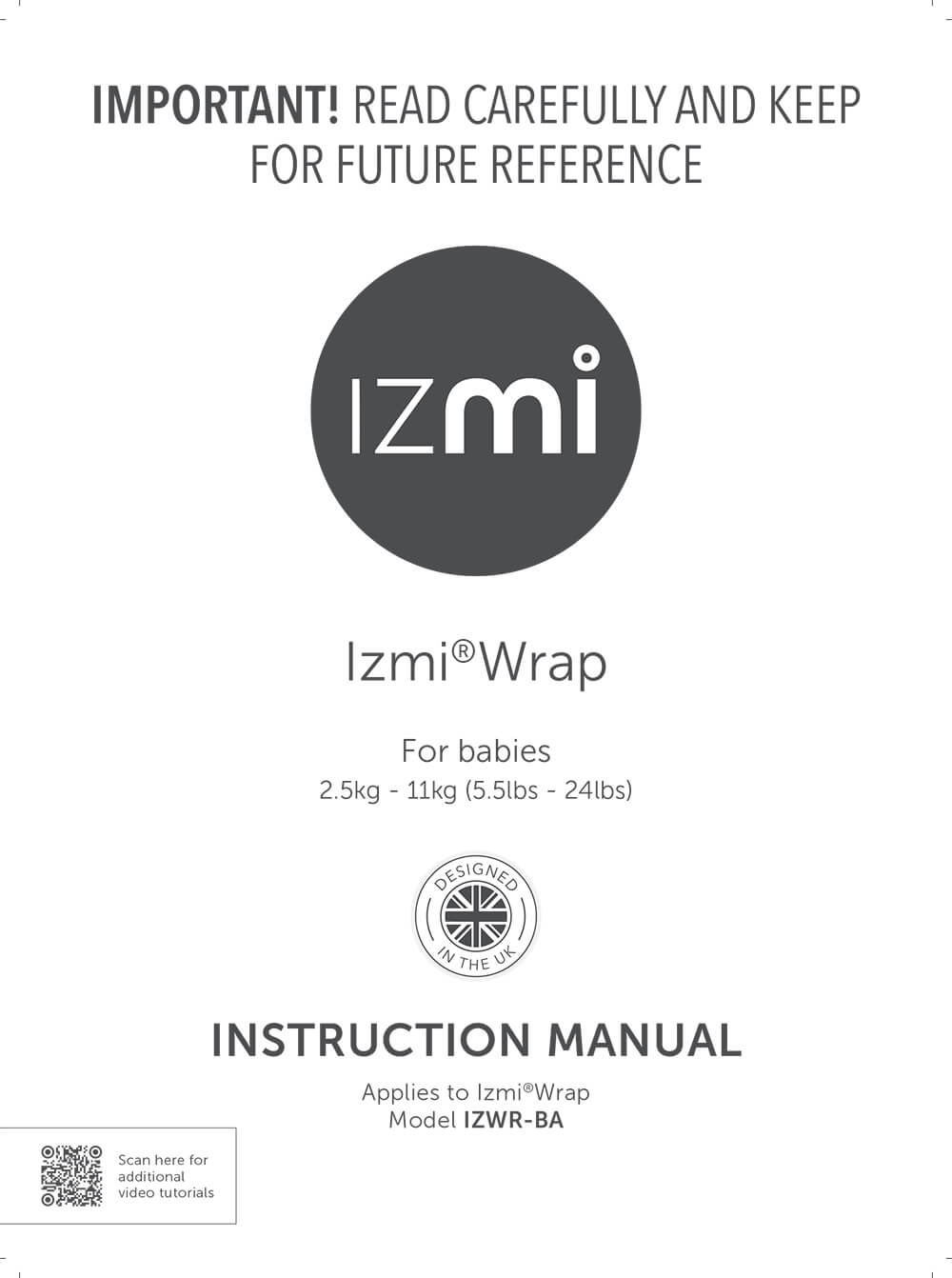Instructions
Be sure to read the full instructions for your Izmi before use. You can also watch our video tutorials for tips and advice, or get a FREE 1-to-1 fit check with our expert team for 100% carrying confidence.

Izmi Baby Wrap Instruction Manual

Izmi Baby Carrier Instruction Manual (new style)

Izmi Adventure Toddler Carrier Instruction Manual

Izmi Breeze Wrap Instruction Manual

Izmi Baby Carrier Instruction Manual (older style)

